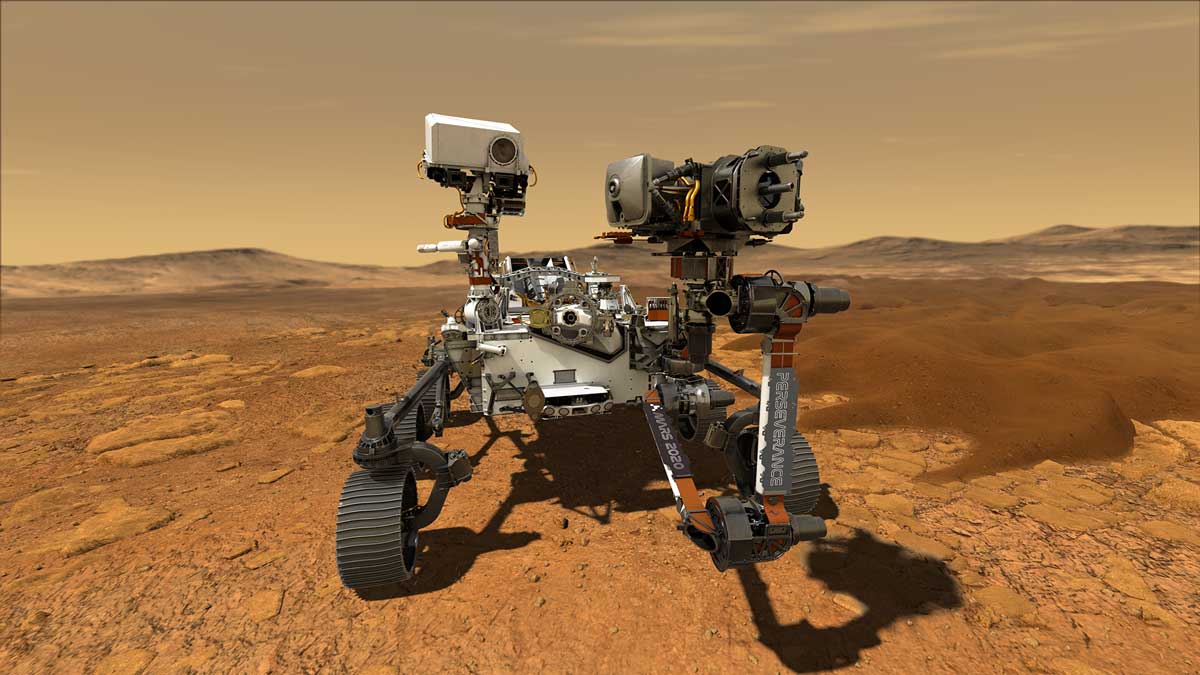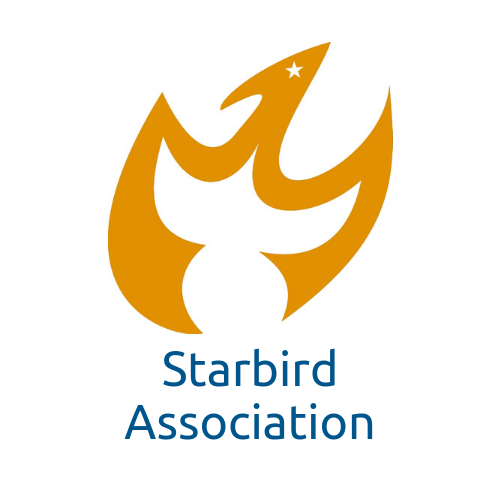
Credit: NASA/JPL-Caltech
Announced today, Perseverance is the name of the new robotic rover headed to Mars in 2020.
Here’s the blurb from NASA:
NASA chose seventh-grader from Virginia as winner of the agency’s “Name the Rover” essay contest. Alexander Mather’s entry for “Perseverance” was voted tops among 28,000 entries.
NASA’s next Mars rover has a new name – Perseverance.
The name was announced Thursday by Thomas Zurbuchen, associate administrator of the Science Mission Directorate, during a celebration at Lake Braddock Secondary School in Burke, Virginia. Zurbuchen was at the school to congratulate seventh grader Alexander Mather, who submitted the winning entry to the agency’s “Name the Rover” essay contest, which received 28,000 entries from K-12 students from every U.S. state and territory.
“Alex’s entry captured the spirit of exploration,” said Zurbuchen. “Like every exploration mission before, our rover is going to face challenges, and it’s going to make amazing discoveries. It’s already surmounted many obstacles to get us to the point where we are today – processing for launch. Alex and his classmates are the Artemis Generation, and they’re going to be taking the next steps into space that lead to Mars. That inspiring work will always require perseverance. We can’t wait to see that nameplate on Mars.”
More on the mission:
NASA’s Perseverance rover is a robotic scientist weighing just under 2,300 pounds (1,043 kilograms). Managed for the agency by JPL, the rover’s astrobiology mission includes searching for signs of past microbial life. It also will characterize the planet’s climate and geology, and collect samples of Martian rocks and dust for a future Mars Sample Return mission to Earth while paving the way for human exploration of the Red Planet.
Perseverance currently is undergoing final assembly and checkout at NASA’s Kennedy Space Center in Florida. It’s targeted to land at Mars’ Jezero Crater a little after 3:40 p.m. EST (12:40 p.m. PST) Feb. 18, 2021.
Mars 2020 is part of a larger program that includes missions to the Moon as a way to prepare for human exploration of the Red Planet. Charged with landing the first woman and the next man on the Moon by 2024, NASA will establish a sustained human presence on and around the Moon by 2028 through NASA’s Artemis program.
For more information about the mission, go to:
https://mars.nasa.gov/

